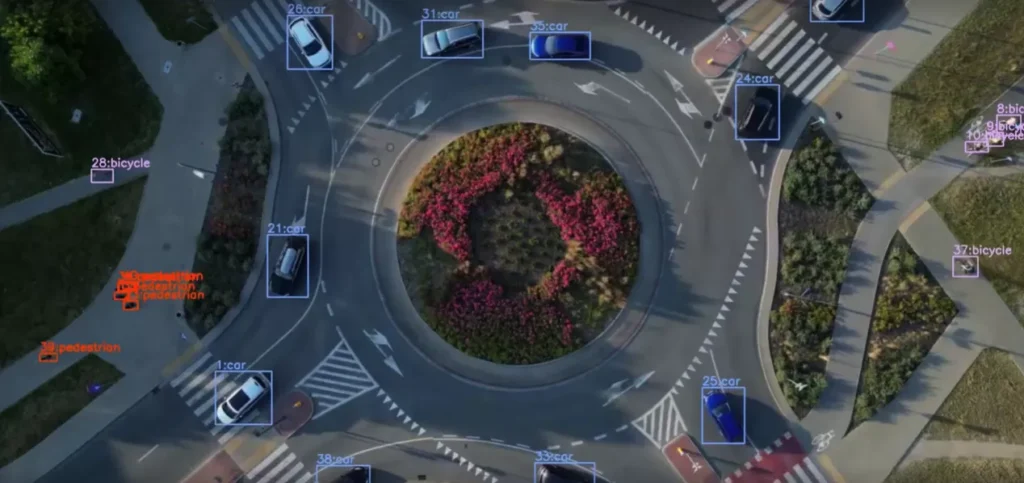
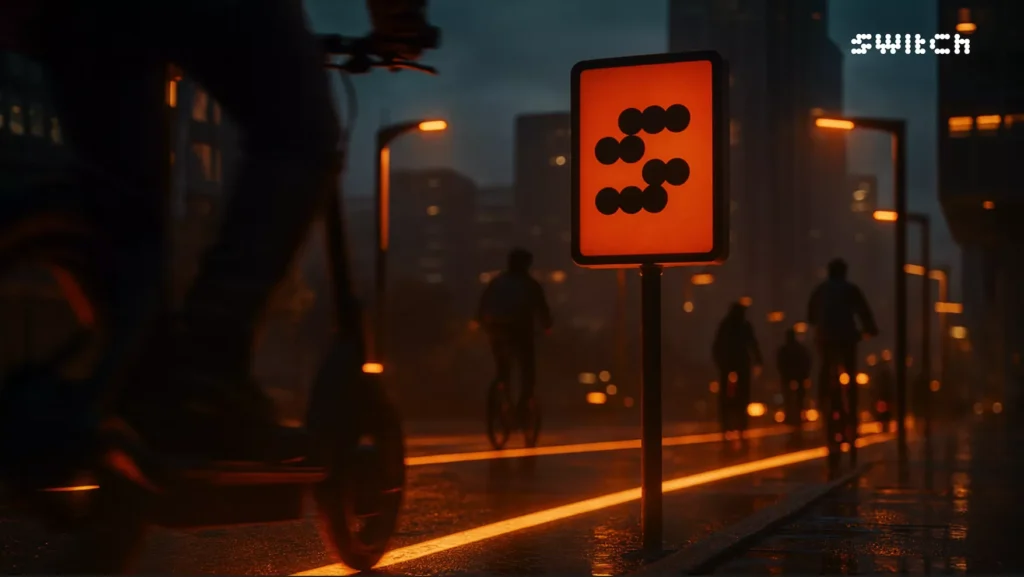
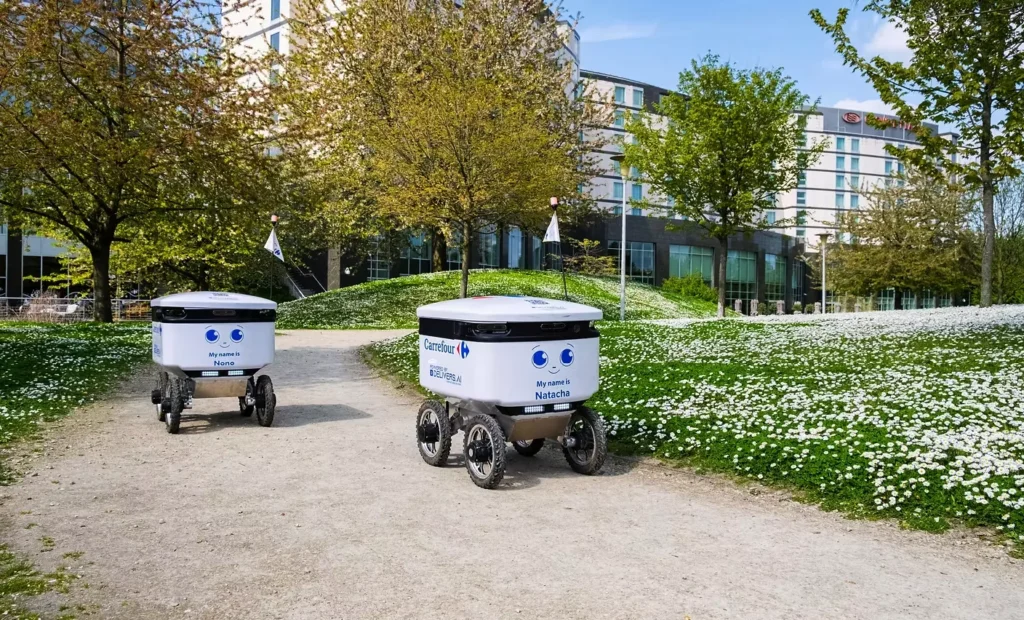
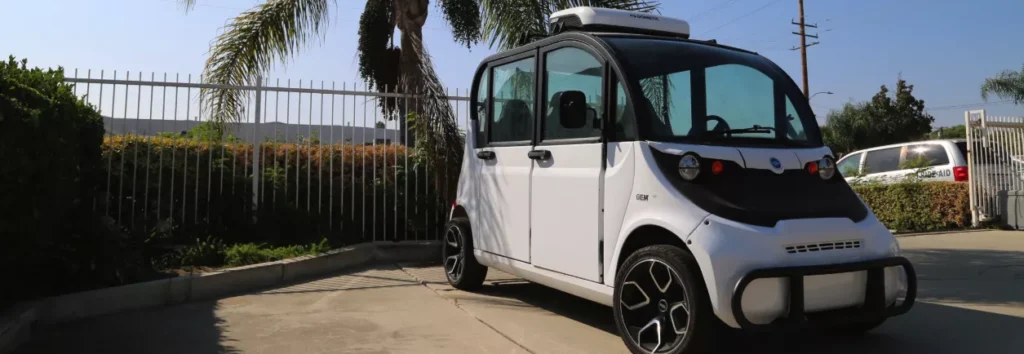
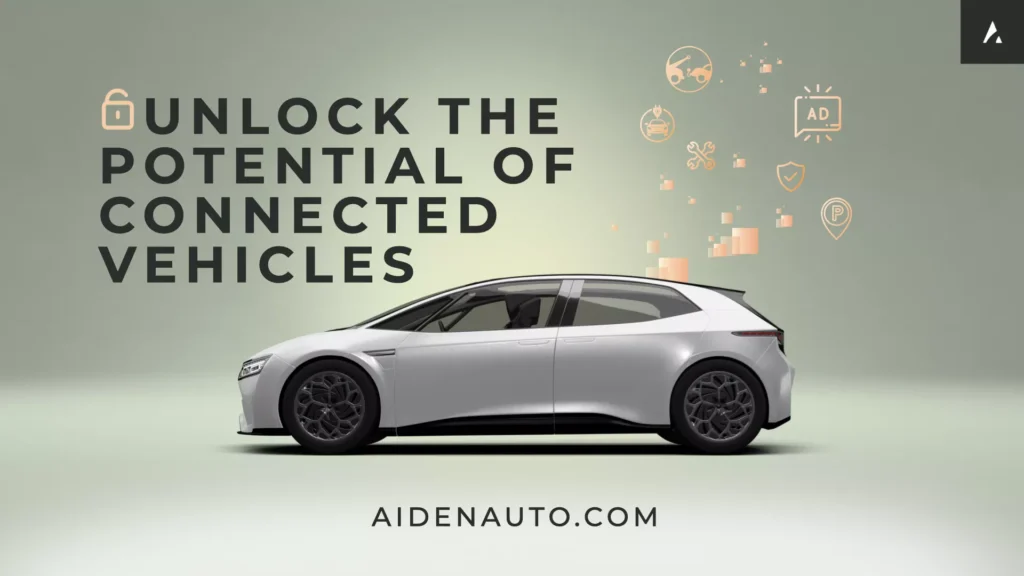





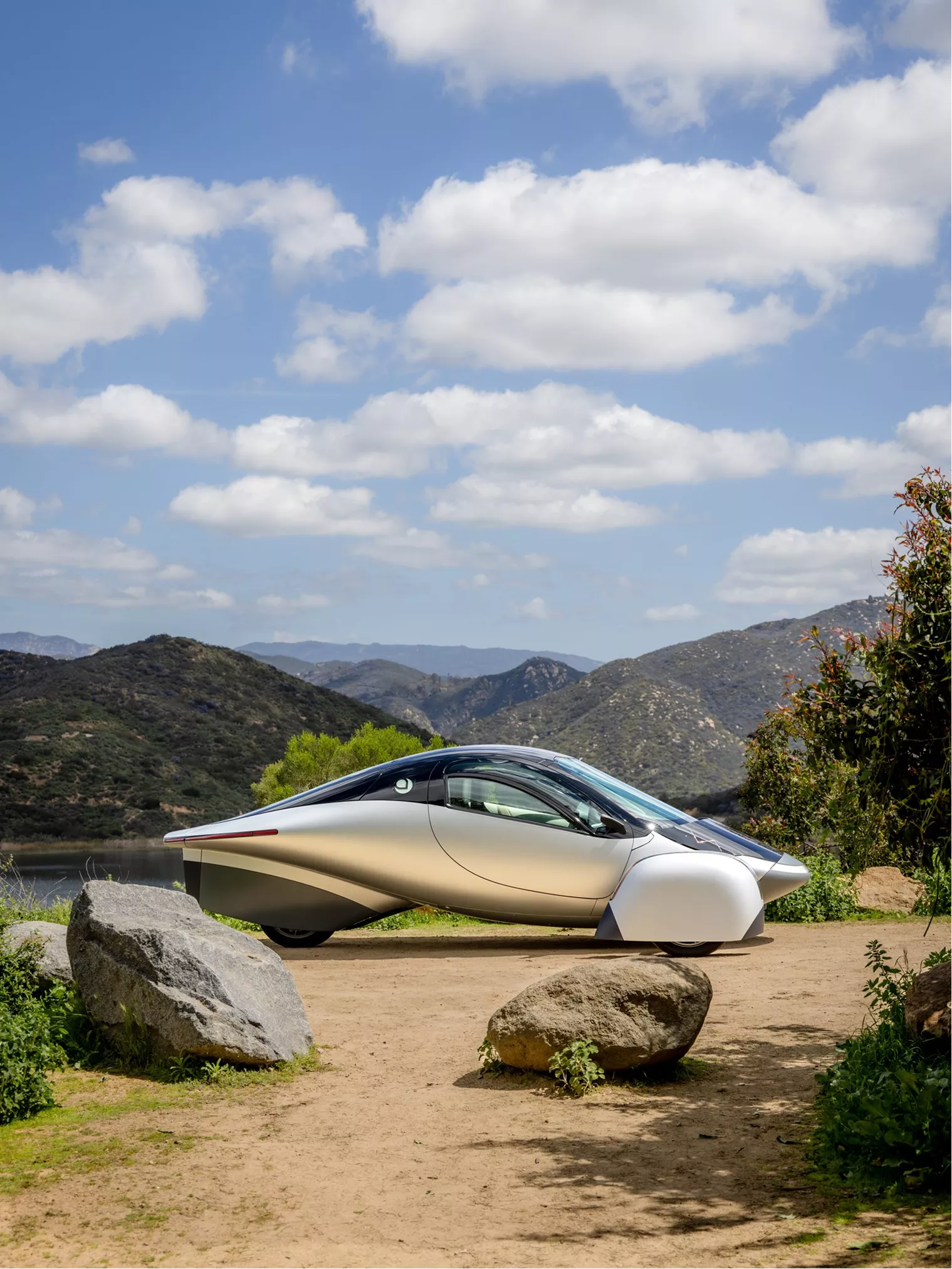
From EVs and batteries to autonomous vehicles and urban transport, we cover what actually matters. Delivered to your inbox weekly.
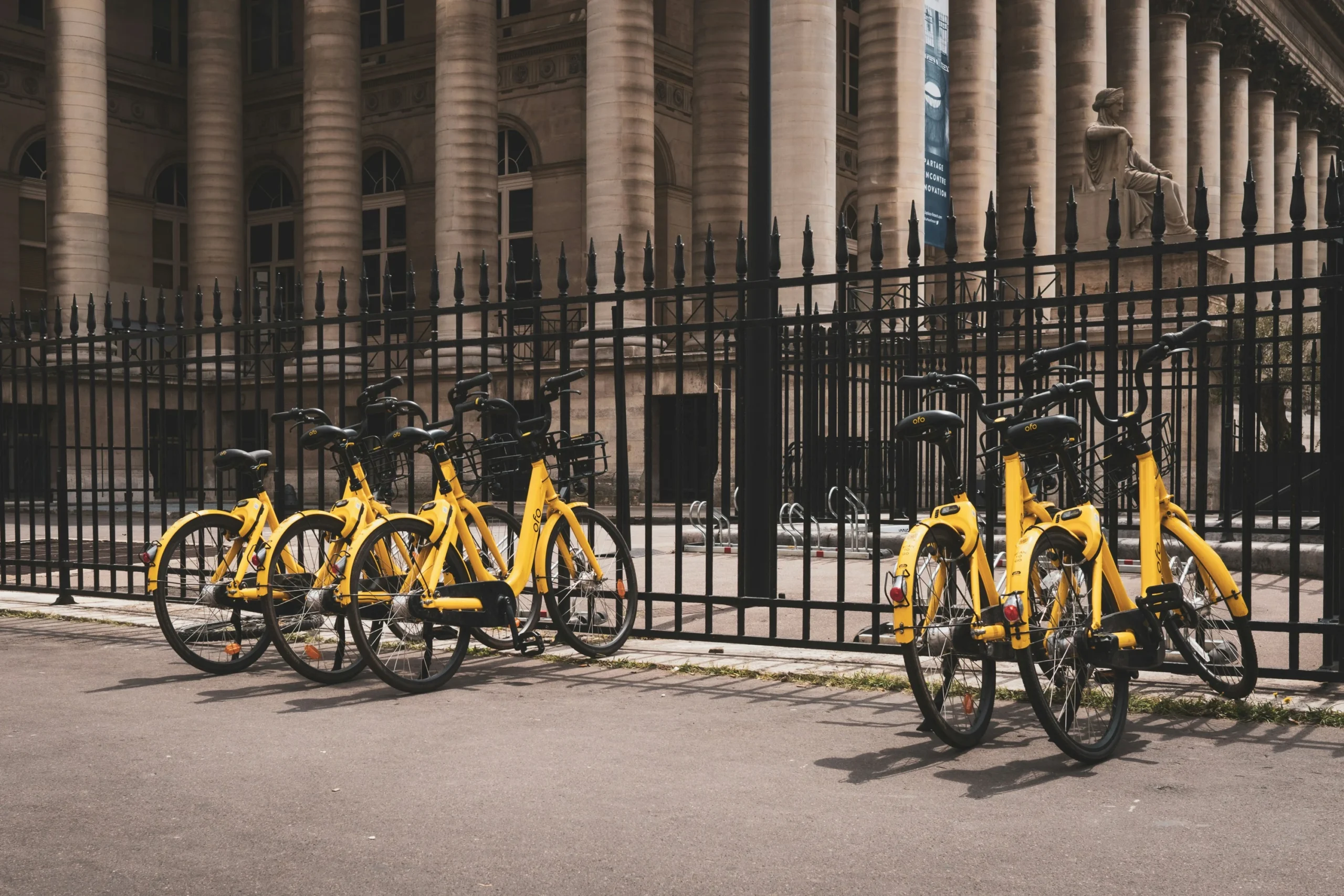
Shared micromobility use in North America reached a new milestone in 2023, with more than 172 million trips logged across bike and scooter share systems. That figure—the highest ever recorded—comes from the latest State of the Industry Report from the North American Bike Share & Scooter Association (NABSA), released today.
The report, which covers the U.S., Canada, and Mexico, shows a sector that has not only recovered from the pandemic but is now firmly embedded in urban transportation networks. Ridership climbed steadily through 2023, signaling a shift from novelty to utility: more people are using shared micromobility to get where they need to go, not just for quick rides or recreation.
According to NABSA, 70% of riders use shared bikes or scooters to connect to another mode of transport, and about 20% of total trips are taken specifically as a last-mile link. That’s a strong signal that shared micromobility is no longer just a parallel option—it’s becoming an integrated part of how people move through cities.
In short, shared micromobility is starting to look a lot more like infrastructure and a lot less like a startup experiment. For transit agencies and city planners, that accelerates the urgency to adapt policies and systems accordingly.
As cities aim to cut car reliance and build out multimodal access, the micromobility surge points to clear next steps: integrating fare systems, expanding docking and parking near transit hubs, and revisiting right-of-way regulations to make space for short-distance travel. The numbers show where things are heading—now it’s up to urban leaders to keep pace.